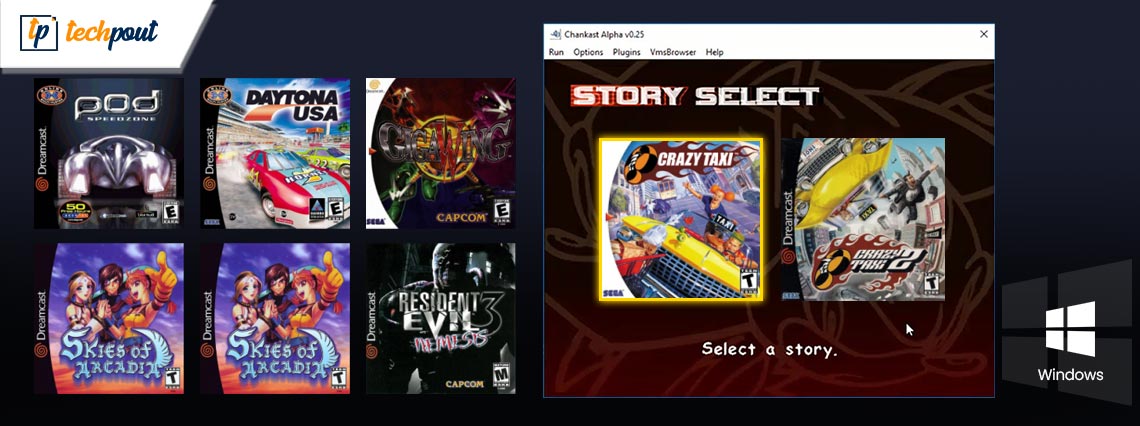
At bottom left we have we have 2 connectors for the Maple bus which supports up to 4 Dreamcast peripherals (see NAOMI Dreamcast Peripheral Support section on this page), 2 RCA connectors for stereo sound (to be connected to an amp.), a VGA connector (typical TVs will not like the VGA signal but you can try a VGA to HDMI adapter or use a monitor with VGA input), and to the far right are 2 power connectors (you should only ever use an official NAOMI power supply as a NAOMI can easily be damaged by over voltage do not use a PC PSU). Toward the bottom left are connectors for MIDI (peripheral support such as steering wheel vibration) and RS422 (peripheral support such as card reader), and further right in the middle are TX and RX optical connections which are used to link multiple NAOMI systems together for multiplayer games. On the filter board we have from top left the service and test buttons, a DIP switch with 4 settings (selects between 15KHz and 31KHz VGA signal: selection 1 in down position for 31KHZ or up position for 15KHz), and to the far right a 4-way connector that provides 5V. If you haven't already noticed I picked up this NAOMI as non-working so you can see there is some damage to the unit. There is also the Sega System SP and Sega Aurora which are also based on the Dreamcast/NAOMI systems. Other forms of the Dreamcast in arcade form include the Atomiswave which is more closer to a Dreamcast than the NAOMI although still with better specification than the Dreamcast many Atomiswave games have been unofficially ported to the NAOMI. 2MB) and updated PowerVR GPU with better performance.ĭespite having a successor in the form of the NAOMI 2, the original NAOMI lasted longer, seeing use up until 2009. 8 MB), four times the sound memory (8 MB VS.

16 MB) and double the graphics (VRAM) memory (16 MB VS.


Where the NAOMI out performs the Dreamcast is in having double the system memory (32 MB VS. The similar architecture between the NAOMI and Dreamcast include a Hitachi SH-4 CPU (running at 200MHz), Yamaha AICA sound, and a different version of the PowerVR Series 2 GPU. The NAOMI (New Arcade Operation Machine Idea) from Sega is an arcade system based on the Dreamcast that became available in 1998 and succeeded Sega's Model 3 series.


 0 kommentar(er)
0 kommentar(er)
